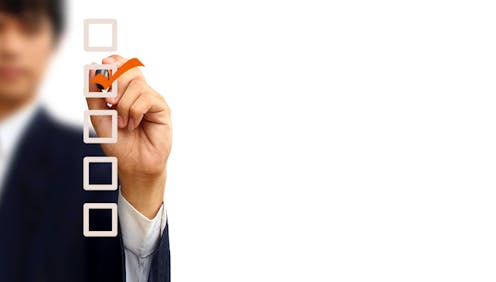Who are you? What the standard questions about birth and background don't tell us
- Written by Dimitria Groutsis, Associate professor, University of Sydney

Have you ever had to fill out a form asking about your cultural background or ethnicity or race, only to be stumped because the question or the answer options don’t reflect how you see yourself?
Our research shows you are not alone. In fact, our findings suggest Australia has a serious problem in the way it collects and reports data on cultural diversity, with many organisations doing neither, and many more doing neither well.
Australia is extraordinarily rich in cultural diversity — nearly half[1] of us were born overseas or had one or both parents born overseas. We speak more than 300 languages in our homes, and identify with more than 300 ancestries.
Yet there’s little understanding of how this looks within workplaces.
Often we are asked only about where we were born, or asked to fit into US and UK-based categories such as “African, Asian, Hispanic, Pacific Islander or White”.
African, Asian, Hispanic, Islander or White?
In Australia, such categories render invisible the lives of second and third generation Australians with strong bonds to other cultures.
To address this oversight we have developed a single standardised[2] approach for defining, measuring, and reporting on workforce diversity.
Collecting more meaningful information is important not only for understanding ourselves, but is also for corporations, which have been found to benefit from diverse boards[3], leadership and workforces[4].
Doing it better means acknowledging cultural identity has many dimensions, among them cultural/ethnic background, language(s), national origin, race, colour, faith and global experience.
And recognising that what matters is evolving.
Some want more focus on colour
Many people we spoke with called for Australian organisations to turn away from the sanitised language of “cultural diversity” in preference for race-based language that acknowledges colour.
They valued terms used in the United States, such as BIPOC (Black, Indigenous, People of Colour), BAME (Black, Asian and Minority Ethnic) used in the United Kingdom, or “Visible Minority”, used in Canada, as they make it clear skin colour (“whiteness”) is linked to privilege.
But for others, colour is too limiting
Strikingly, just as many other people thought terms such as “cultural diversity” were better and viewed race-based terms disparagingly. In particular, they noted
• there was no generally accepted definition or understanding of who was and was not a person of colour and/or black in Australia
• who is and is not a minority in Australia depends very much on the context – some people might be minority in one workplace but a majority in another
• terms such as “culturally diverse” and “culturally and linguistically diverse” recognise that race and colour are not the only cultural determinants of workplace exclusion. Other things, such as accent, name, dress and religious practices and length of time in the country, can matter as well.
Read more: How racism and a lack of diversity can harm our workplaces[5]
Practical ways to track Australia’s true diversity
Over the past two years we have drawn on multiple sources, including an international document review, a survey of 300 human resource and diversity and inclusion practitioners, a pilot survey of 1200 employees, focus groups with 90 participants from 34 organisations and regular consultations with an expert panel immersed in the field of cultural diversity.
The result, unveiled today[6], is an Australian first: a practical guide book for organisations on how to use five evidence-based measures to count culture in their workforce, leadership suite and customer base.
The five measures include three which we recommend as the minimum:
cultural background
language
country of birth
plus two additional measures that can be used to gain a deeper understanding of customers’ and employees backgrounds:
religion
global experience
We acknowledge that these five questions won’t suit everyone. But our hope is that by providing a nationally standardised approach, we will see more organisations mapping and benchmarking the breadth and depth of the cultural diversity in their workplace and gaining meaningful evidence.
Such evidence will spark a conversation on how we can build more inclusive practices.
We also hope that the next time you’re asked about your background, you’ll find the questions more meaningful.
Counting Culture: Towards A Standardised Approach To Measuring And Reporting On Workforce Cultural Diversity In Australia[7] is now available.
References
- ^ half (www.abs.gov.au)
- ^ standardised (fecca.org.au)
- ^ boards (www.mckinsey.com)
- ^ workforces (journals.sagepub.com)
- ^ How racism and a lack of diversity can harm our workplaces (theconversation.com)
- ^ unveiled today (www.dca.org.au)
- ^ Counting Culture: Towards A Standardised Approach To Measuring And Reporting On Workforce Cultural Diversity In Australia (www.dca.org.au)
Authors: Dimitria Groutsis, Associate professor, University of Sydney














